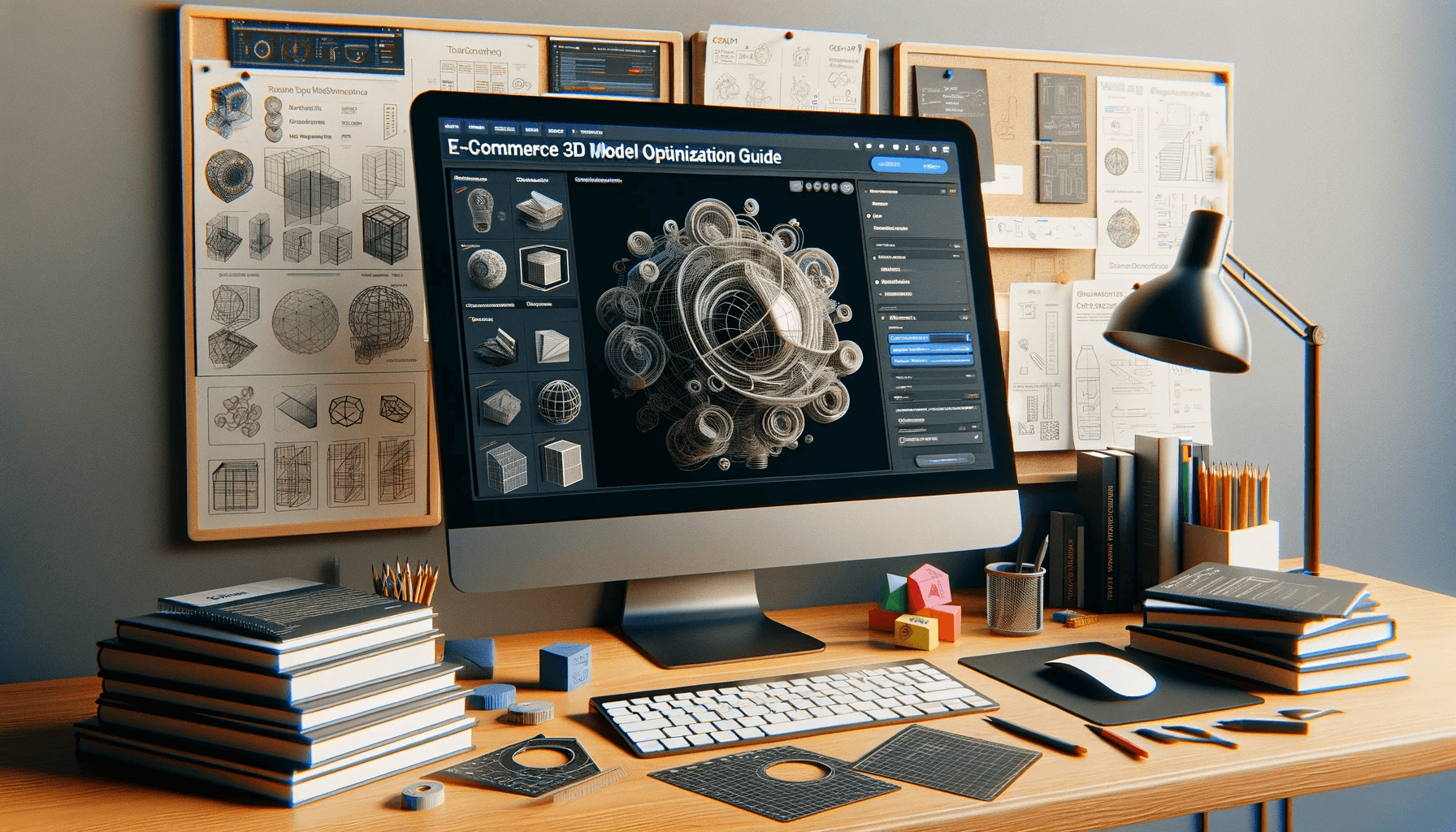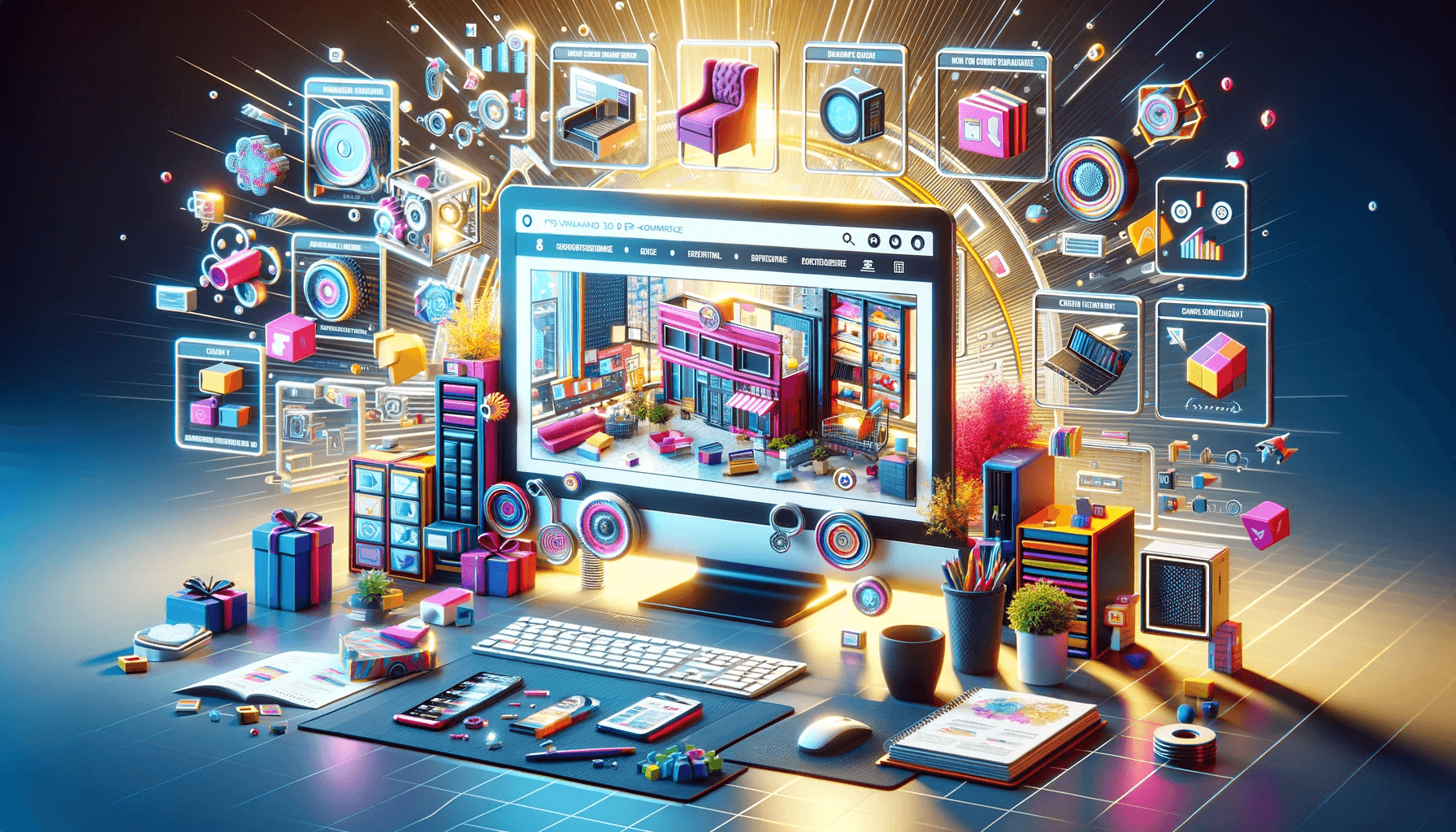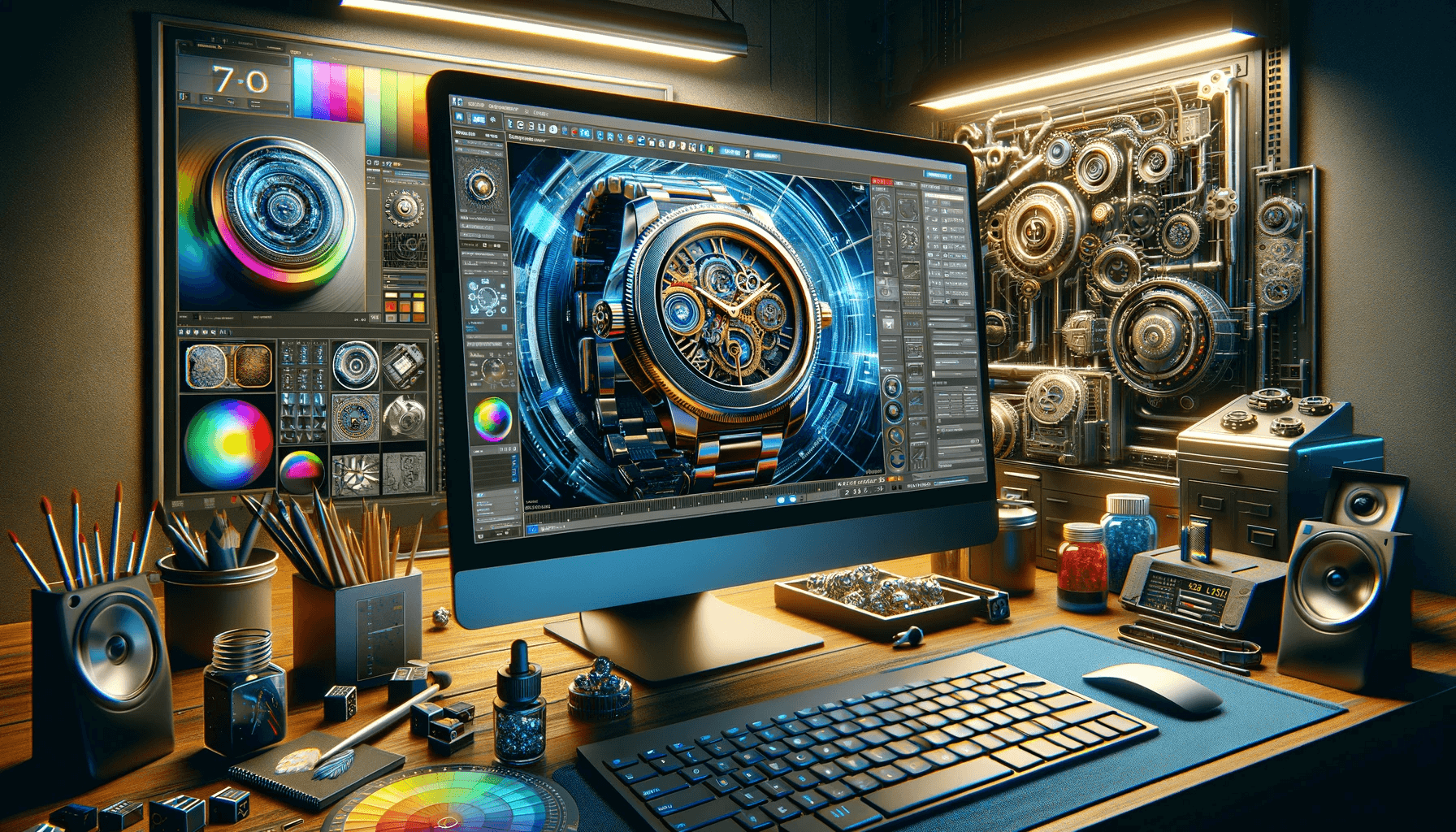E-commerce 3D model optimization guide
By now, AR technology has evolved enough to be implemented on a wider scale. In e-commerce, this technology promises to provide a more exciting shopping experience. To achieve this goal, in this blog, I will introduce how to optimize 3D models for AR in e-commerce.
1. 3D and AR in e-commerce strategy
The future is highly unknown, partly due to the rapid changes in IT (Sheldon A., 2013) and the important involvement of IT in our lives.
Augmented reality goes mainstream. It is changing our decision-making process. It’s also changing the way businesses design, create products, improve customer experience and add more value to their brands. Furthermore, information technology changes the way we compete in the marketplace (F. Warren McFarlan, 1984). Therefore, companies must respond as quickly as possible in order to win the market and develop sustainably.
Due to the Covid-19 pandemic, customers prefer to engage in digital transactions. In one report it was stated that
“88% of customers expect companies to accelerate digital 3D initiatives as a result of this year’s events.”
However, 3D models are often too complex and heavy for websites and platforms. A smartphone or mobile device makes it easier for us to read articles, post content on social network channels, and read emails than a desktop computer. Therefore, 3D optimization is crucial to avoid any laggy experience for customers while shopping online.
2. How to optimize 3D models
Optimization is especially important for AR e-commerce because mobile devices still have limitations. It is absolutely unacceptable to give our customers a laggy experience while our website or platform is suffering.
Before sculpting/modelling, the reason and complexity of converting the object to digital must be defined.
Personally, I recommend focusing more on:
- File size
- Number of polygons
- UVs and textures
- Material
3. Use design software to optimize 3D models
Polygon issue: The more polygons we have, the heavier our model will be. Therefore, to optimize 3D models, we always try to reduce these counts. For augmented reality, the mesh polygon count should be less than 100,000 triangles.
UVs and Textures Matter: Texture map export is crucial. Texture map resolution should be 2048 x 2048 or less. It is important to note that UV and texture maps should not overlap each other.
Materials: Don’t use multiple materials for different sides of an object. Substance Painter is one of the best applications for the job.
Animation: Blender is famous for creating 3D animations. However, in general, it is strongly recommended that animations should be under a chain.
4. File size has a great relationship with export format
I recommend exporting 3D models in the following formats: .glTF, .obj, .fbx, .glb, and .dae.
- .glTF file
For augmented reality, this format has become the streaming data standard for web-based and app-based applications. It’s fast and allows the game engine to read directly. The GlTF format greatly supports static models and animations. However, please do not use this format to save or export the file for editing later. Once the editing is complete, use the GLTF conversion tool to convert it to GLTF format.
- .Obj files
.Obj files are extensible. This format is popular for information exchange. It greatly supports unlimited colors and one file can define multiple objects. 3D models in other formats can be converted to Obj format using Obj conversion tools .
- .FBX files
In general, it’s great for exchanging 3D geometry and animation data. People love it because it’s so universal; we can open, edit, and export high-fidelity 2D and 3D files. 3D models in other formats can be converted to FBX files using the FBX conversion tool .
- .GLB files
The .GLB file is also one of the favorites among 3D designers because it supports motion and animation. Additionally, it is small but can contain textures, shaders, and animations. GLB models are very suitable for web applications. You can use GLB conversion tools to convert 3D models in other formats into GLB files.
If you consider all the above points, then your 3D model should be suitable for AR use. If not, there are some external software that can optimize 3D models. Of course, they cost a lot.

Product models need to be accurate so that they can be modified virtually. 3D asset modeling is a job that requires dedication, skill, and experience. Therefore, sellers outsource their needs to professional 3D product rendering service providing companies.
To achieve perfect results and present the best possible realism of their product 3D models to their customers, sellers rely heavily on expert 3D product modeling services. They ensure that end users get only what they want no matter which way they configure the model.
5. External software
Sometimes, because our models are too complex, too large, and not suitable for AR, I usually use external software to ensure that the 3D model remains visible.
5.1 3DConvert
3DConvert is a cloud-based online 3D model format conversion tool that supports 19 input formats and 8 output formats. It can easily convert the 3D models you have on hand to 3D commonly used in e-commerce AR applications such as GLTF, GLB, FBX, and OBJ. Model format.
5.2 InstaLOD
InstaLOD is great for polygon optimization. The software can process 3D meshes, CAD files and scan data for a variety of purposes including entertainment, training, sales, visualization and simulation.
5.3 RapidCompact
Unlike InstaLOD, RapidCompact is a cloud-based solution. It promises to make 3D content suitable for all platforms.
The most compelling thing about RapidCompact is getting a free package of 3D data optimization with unlimited included formats per export.
6. 3D optimization skills
To sum up, the key points of 3D model optimization for e-commerce AR applications are as follows:
- The entire scene has 100.000 triangles
- A large mesh has 5.000 vertices, a medium mesh has 1.000 vertices, and a small mesh has 250 vertices.
- 1 UV per mesh
- Maximum of 10 shaders as more than 10 will cause random errors
- Texture resolution is 2048 x 2048


